Template of reference letter for a student
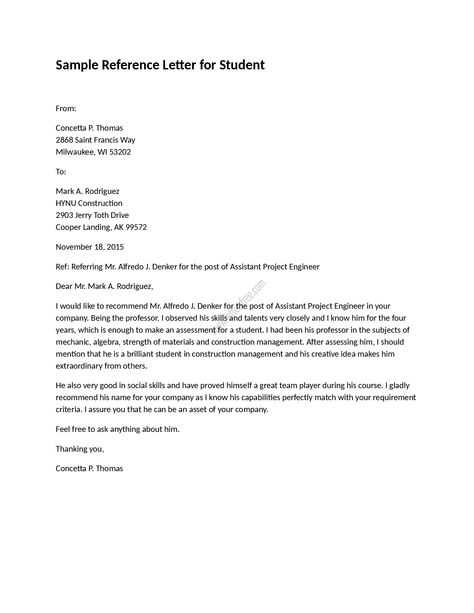
Write the letter with clear examples of the student’s strengths and qualities. Start by addressing the recipient with a formal salutation and introduce yourself, including your position and relationship to the student. Specify the duration and context of your association to establish credibility.
Describe the student’s skills and accomplishments that make them stand out. Mention their academic performance, personal attributes, and any relevant experiences or projects that showcase their abilities. Use specific examples to back up your statements, making the letter personal and grounded in real-world scenarios.
Focus on the student’s ability to work independently and collaborate with others. Highlight their motivation, dedication, and approach to challenges. Provide insight into their character, work ethic, and potential for success in their future endeavors.
Conclude the letter with a strong recommendation. Reaffirm your confidence in their abilities and readiness for the opportunity they seek. Offer to provide further information if needed, showing your continued support for their goals.
Template of Reference Letter for a Student
When writing a reference letter for a student, it’s crucial to focus on their specific strengths and achievements. Below is a template to guide you through crafting a clear and effective letter.
Introduction
Begin with a brief introduction, stating your relationship with the student, the duration of your connection, and your position. This sets the foundation for the reader to understand your perspective.
- Example: “I am writing to recommend John Doe, a student I have had the pleasure of teaching in my Advanced Mathematics class for the past two years.”
Academic Performance
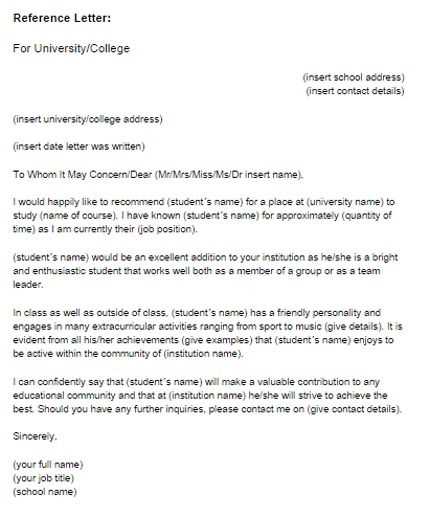
Provide a detailed assessment of the student’s academic achievements. Highlight key skills, specific accomplishments, and areas where the student excels. Make sure to mention any notable projects or contributions to class discussions.
- Example: “John consistently demonstrated exceptional problem-solving abilities, particularly during our calculus unit, where he developed a unique approach to solving complex integrals.”
Character and Work Ethic
Discuss the student’s personal qualities and work habits. Focus on traits such as responsibility, leadership, and commitment to their studies. Illustrate with specific examples where possible.
- Example: “John shows an unwavering commitment to his work. He often stays after class to clarify concepts and assists peers who may be struggling with the material.”
Closing Remarks
Conclude by strongly recommending the student, reinforcing their potential and fit for the opportunity. Offer to provide further information if needed.
- Example: “I confidently recommend John for any academic or extracurricular opportunity. His dedication, intellectual curiosity, and strong moral character will make him a valuable asset wherever he goes.”
How to Start a Reference Letter for a Student
Begin with a clear statement of your relationship to the student. Identify your role and how long you’ve known them. This provides context for your letter and establishes credibility right away.
- State your professional role (teacher, mentor, supervisor, etc.).
- Indicate how long you’ve worked with the student.
- Highlight the setting of your interactions (classroom, internship, volunteer work, etc.).
Be Specific About Your Relationship
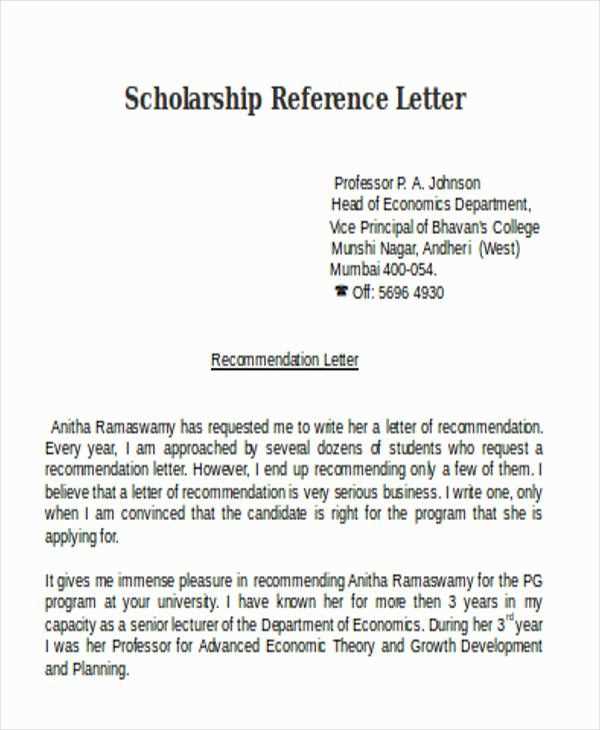
Focus on the qualities or achievements that have stood out during your time working with the student. This could include specific skills, personal growth, or academic progress that you’ve observed.
Set the Tone for the Letter
Make sure your introduction reflects the positive nature of your recommendation. Convey your confidence in the student’s abilities, which will encourage the reader to trust your endorsement.
Key Information to Include About the Student
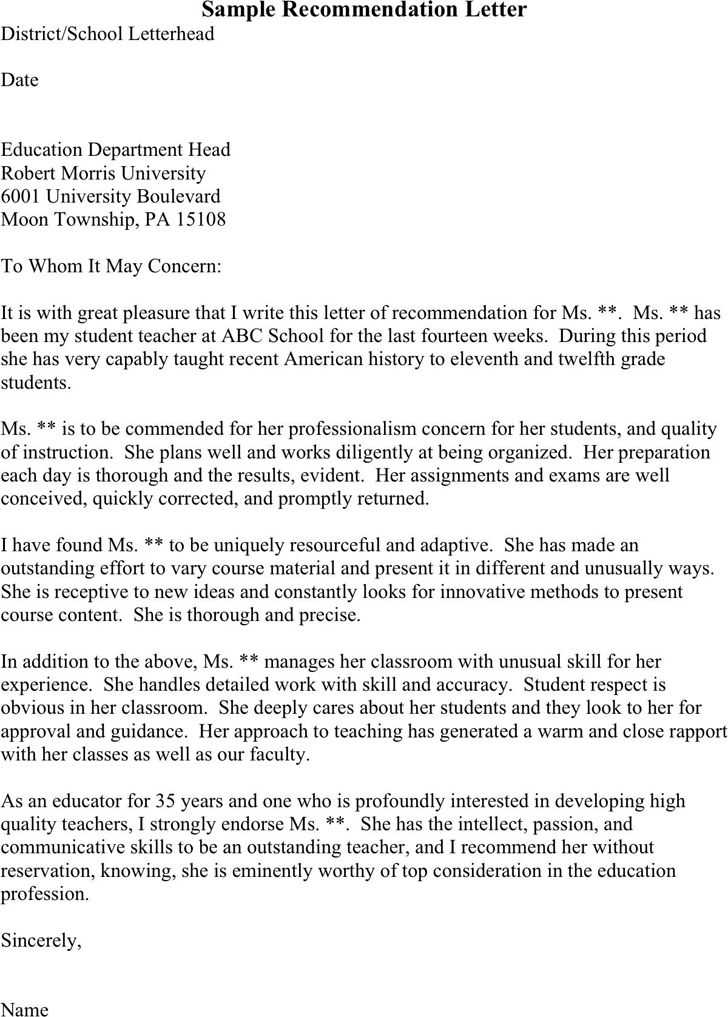
Begin by clearly stating the student’s full name and their specific academic program or course of study. This helps the reader quickly identify the student’s area of focus and academic background. It is also beneficial to mention their year of study or expected graduation date to provide context on their level of education.
Academic Performance
Provide a brief overview of the student’s academic strengths. Focus on specific subjects or projects where they excelled, citing any awards or recognitions they received. This gives the reader insight into the student’s capabilities and areas of expertise.
Skills and Abilities
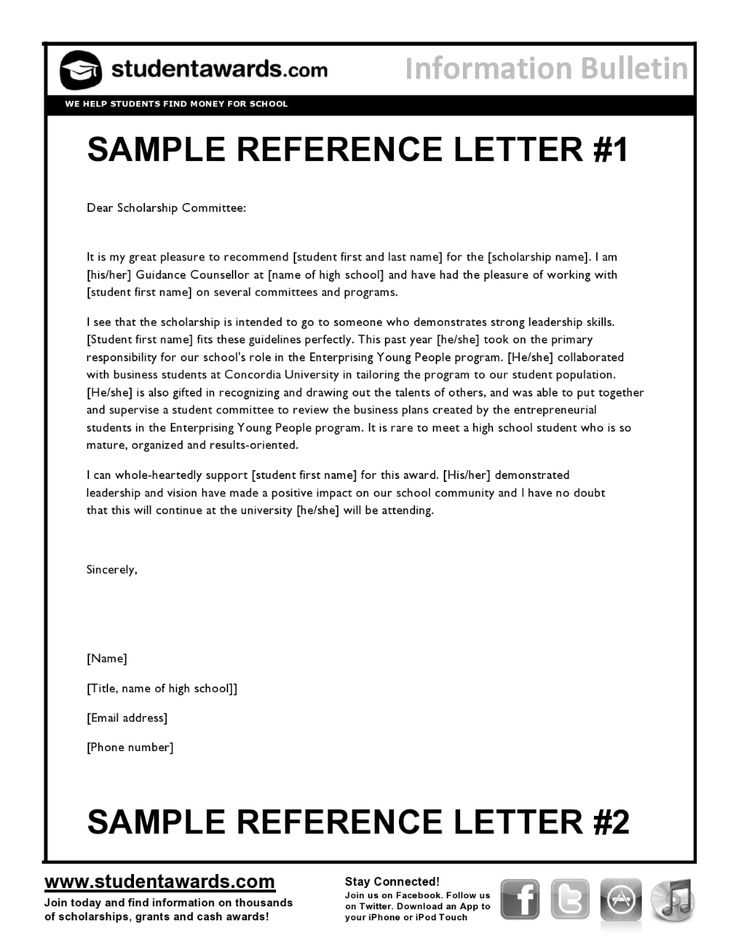
Highlight key skills that distinguish the student, such as problem-solving, leadership, communication, or technical abilities. Mention any relevant extracurricular activities that support these skills, demonstrating the student’s involvement beyond academics.
| Area of Strength | Example |
|---|---|
| Leadership | Led a group project to develop a software application |
| Problem-Solving | Resolved complex data analysis issues during a research project |
| Communication | Presented research findings at a national conference |
Finally, note any personal attributes that have contributed to their academic success. Mention their work ethic, ability to collaborate, or any qualities that would make them a strong candidate for further opportunities.
Highlighting the Student’s Academic Strengths
Through consistent dedication and a genuine interest in learning, the student excels in critical thinking and problem-solving tasks. Their ability to analyze complex concepts and apply them in practical scenarios is remarkable. The student’s performance in mathematics and science stands out, demonstrating both depth of understanding and a keen interest in exploring new ideas. They approach assignments with a high level of curiosity and attention to detail, ensuring thorough and accurate results.
In addition, their proficiency in written communication has been a major asset. The student presents ideas clearly, with well-structured arguments and strong supporting evidence. This skill not only enhances academic work but also reflects their ability to articulate thoughts effectively in discussions and group settings. Their participation in class debates and written reports consistently shows a sophisticated grasp of subject matter.
Moreover, the student’s strong work ethic and time management skills are integral to their success. They meet deadlines reliably while maintaining high-quality work, even under pressure. This trait, combined with their ability to collaborate effectively in team settings, ensures they thrive both individually and as part of a group. These strengths set them apart as a top-performing student in a competitive academic environment.
Discussing the Student’s Personal Qualities
This student consistently demonstrates a high level of integrity. They approach all tasks with honesty, showing respect for both their peers and the academic environment. Their ability to maintain ethical standards, even when faced with challenges, speaks to their strong character.
Another admirable trait is their adaptability. They handle changes in schedules and unexpected obstacles with ease, always remaining focused and productive. This flexibility allows them to thrive in both structured and dynamic situations.
The student also excels in collaboration. They listen to others’ ideas and contribute constructively to group discussions, helping to create a positive and productive atmosphere. Their willingness to assist peers makes them a valuable team member in any setting.
Furthermore, their determination is evident in everything they do. They set ambitious goals and follow through, even when tasks require extra effort. This perseverance has helped them overcome challenges and achieve success in various projects and assignments.
Structure and Formatting of the Reference Letter
Begin with the contact information at the top of the letter. Include your name, position, and contact details in the header. Following this, the recipient’s name, title, and organization come next. Make sure to leave a space between the sender’s and recipient’s information.
Start the body of the letter with a formal greeting, such as “Dear [Recipient’s Name],” or “To Whom It May Concern,” if the recipient is unknown. The first paragraph should introduce you, your role, and your relationship with the student. Be clear about how long you have known them and in what capacity.
The second paragraph should highlight the student’s strengths, skills, and achievements. Provide specific examples of their work or behavior that stand out. This is where you can emphasize the student’s capabilities in areas relevant to their future academic or professional endeavors.
In the third paragraph, discuss the student’s character traits. Focus on qualities such as reliability, initiative, and interpersonal skills. Mention how these traits contribute to their overall success and growth. Avoid vague terms; be precise and use real instances to support your claims.
Close with a strong endorsement. Reaffirm your recommendation by expressing your confidence in the student’s potential. Use phrases like “I strongly recommend” or “I am certain that [Student’s Name] will excel in [specific field].” End with your full name, signature, and professional title.
Maintain a formal tone throughout, but ensure the letter remains personable. Keep the letter well-structured and clear, ensuring it is easy for the reader to follow. Limit the length to one page and ensure proper spacing and margins for a professional appearance.
Closing Remarks and Contact Information
Feel free to reach out if you need further clarification about the student’s skills or achievements. I highly recommend [Student’s Name] for any opportunity requiring dedication, responsibility, and a strong work ethic. They will undoubtedly contribute positively to your team or program.
Contact Information
If you wish to discuss the details of this recommendation or need more specific examples of the student’s qualifications, do not hesitate to contact me. You can reach me at:
- Email: [Your Email]
- Phone: [Your Phone Number]
Thank you for considering this reference. I am confident that [Student’s Name] will exceed your expectations.